Use in aquaculture relatively moderate compared formalin, salt
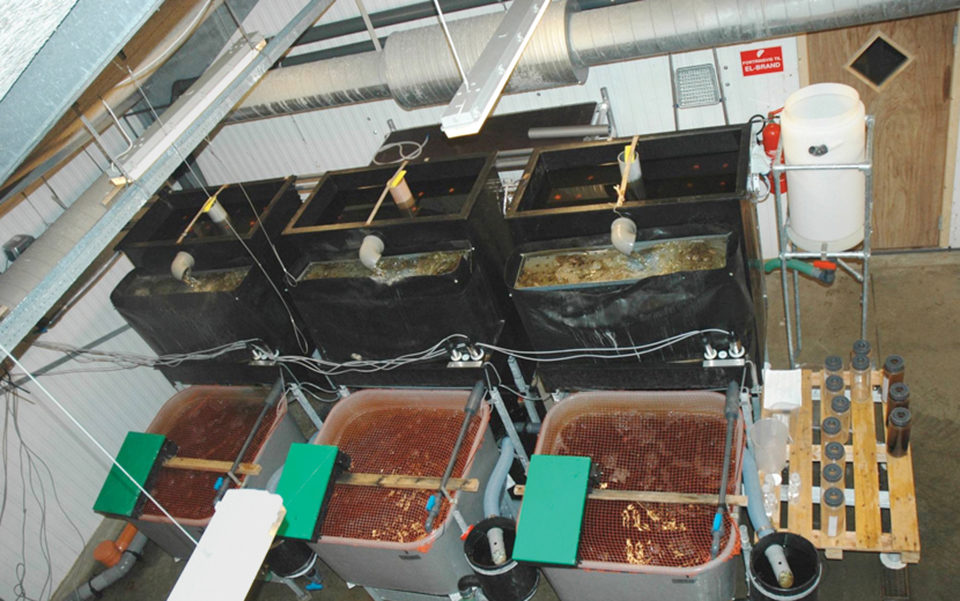
The aquaculture of fish at high densities in recirculating systems with intensive water reuse depends on optimal water quality. When biosecurity measures fail, water treatment strategies have to be applied to suppress pathogens.
When parasites become a problem, the use of formalin is common worldwide due to its high treatment efficiency without affecting the fish at normal dosage rates. However, due to the recent focus on formalin-related worker safety issues as well as potential environmental discharge effects of formaldehyde, there is a need to advance management practices. This implies improved treatment protocols and discharge controls regarding formalin, as well as the implementation of potential alternatives.
A number of chemicals can potentially be used to improve water quality and treat disease symptoms in open recirculating systems. To control and eliminate protozoan parasites, formaldehyde and sodium chloride are by far the most applied chemicals used in Danish aquaculture. Both agents meet most of the criteria listed in Table 1, but as discharge regulations become more strict, current practices may no longer comply.
Pedersen, Selected factors affecting the effective and safe treatment margin, Table 1
| Process Parameter | Objective At Given Exposure | Risk |
|---|---|---|
| Treatment efficiency | To eliminate pathogens | Underdosing or overdosing |
| Fish health | No effect of exposure on fish | Sublethal or lethal effects on fish |
| Biofilter performance | No effect on nitrifying bacteria | Biofilter collapse |
| Work safety | Harmless to workers | Explosive, corrosive or carcinogenetic agents |
| Environmental considerations | Comply with regulation | Excess discharge of toxic compounds |
| Product quality | Unaffected | Residual build-up, reduced growth |
| Economy | Price competitive | Expensive |
Hydrogen peroxide
Hydrogen peroxide (H.P.) is an obvious disinfectant candidate, for it has antimicrobial effects and easily degrades to harmless by-products. At present, the use of H.P. in aquaculture is relatively moderate compared to the use of other disinfectants such as formalin and salt. In order to increase the practical use of H.P., fish farmers have to become familiar with its benefits and risks.
Recent Danish findings have documented high treatment efficiency of hydrogen peroxide against ectoparasites when investigated under controlled conditions. The antiparasitic properties were similar to those of formalin, meaning that H.P. could be used to control important ectoparasites such as Ichthyophthirius multifiliis, which causes white spot disease in fish.
The risks related to hydrogen peroxide use relate primarily to appropriate concentration ranges and dosages. Overdosing can lead to a potential disruption of biofilter processes and affect the fish directly, whereas underdosing causes reduced treatment efficiency. In order to ensure adequate treatment and predict discharge levels, the most important issue is not really the amount of chemicals applied, but the residual level in the water during the treatment period.
Hydrogen peroxide is available in pure aqueous solutions. It is also present in peracetic acid solutions or can be liberated from a granular formulation as sodium percarbonate.
H.P. study
In a study, the authors focused on the decay kinetics of H.P. and investigated potential effects on biofilter nitrification performance. The studies were performed in six identical closed recirculating aquaculture systems holding rainbow trout at about 15 kg/m3 in freshwater at 16.5 degrees-C. The systems used up-flow submerged biofilters fitted with fixed biomedia and operated for months with total ammonia nitrogen and nitrite-nitrogen less than 0.2 mg/L at pH 7.2 to 7.4 and over 75 percent oxygen saturation.
Hydrogen peroxide was added repeatedly in amounts from 6.5 to 35 mg/L to the rearing units, and decay kinetics were measured. The effects of H.P. on nitrifying performance were evaluated by comparing total ammonia nitrogen (TAN) and nitrite removal kinetics prior to and after the addition of H.P. by subsequent addition of ammonium chloride.
Short-term treatment
The results showed that the rapid H.P. decay – with half lives of about half an hour – was exclusively related to microbial activity. Repetitive H.P. additions at low doses did not affect the hydrogen peroxide decomposition rate. Only minor, transient changes in TAN removal and nitrite accumulation were observed.
Within 24 hours after H.P. treatment, TAN and nitrite levels were back to normal low levels, and no fish mortality was observed throughout the experimental period. Sodium percarbonate compounds are easy to apply, but caution should be taken, since pH is increased, which is not desirable when TAN levels are increased. The addition of pure hydrogen peroxide solutions does not affect pH, but leads to transient elevated oxygen concentrations.
Perspectives
The future challenges for H.P. disinfection regard measures to control H.P. levels in treated units to ensure sufficient treatment and safe operation at the same time. In practice, the authors have experienced highly significant system-specific responses to H.P. application that underscore the importance of developing and implementing bioassays for each system. These bioassays could be part of developing a treatment protocol, where safety margins for the system are defined by increasing the dosage of H.P.
Treatment practices should conform to acceptable protocols, and it is likely that current practices will be redefined. Although formalin might not be fully replaced for the time being, it is still necessary to thoroughly investigate the potentials as well as the risks of alternative therapeutic agents.
Prerequisites for accelerating the adoption of better management practices include a combination of controlled studies, the collection of empirically based guidelines and education. Reluctance to apply new water treatment strategies is often related to present knowledge. Regarding the application of hydrogen peroxide, anecdotal records seem to be one of the hurdles to overcome.
(Editor’s Note: This article was originally published in the January/February 2010 print edition of the Global Aquaculture Advocate.)
Authors
-
Lars-Flemming Pedersen, Ph.D.
Technical University of Denmark
DTU Aqua, Section for Aquaculture
The North Sea Research Centre
P. O. Box 101
DK-9850 Hirtshals, Denmark[107,100,46,117,116,100,46,97,117,113,97,64,112,102,108]
-
Per B. Pedersen
Technical University of Denmark
DTU Aqua, Section for Aquaculture
The North Sea Research Centre
P. O. Box 101
DK-9850 Hirtshals, Denmark
Related Posts
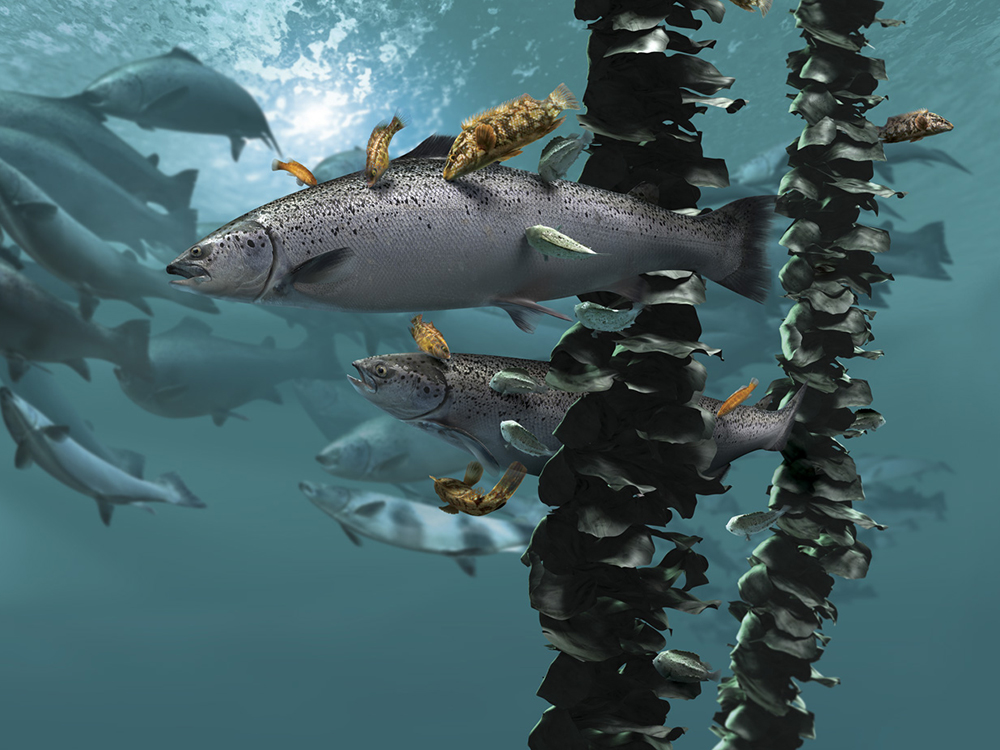
Health & Welfare
In sea lice fight, salmon farmers phasing out hydrogen peroxide
An over-reliance on medical and chemical controls, along with warming waters, led to a surge in sea lice. With such treatments waning in effectiveness, operators turn to other, safer measures.
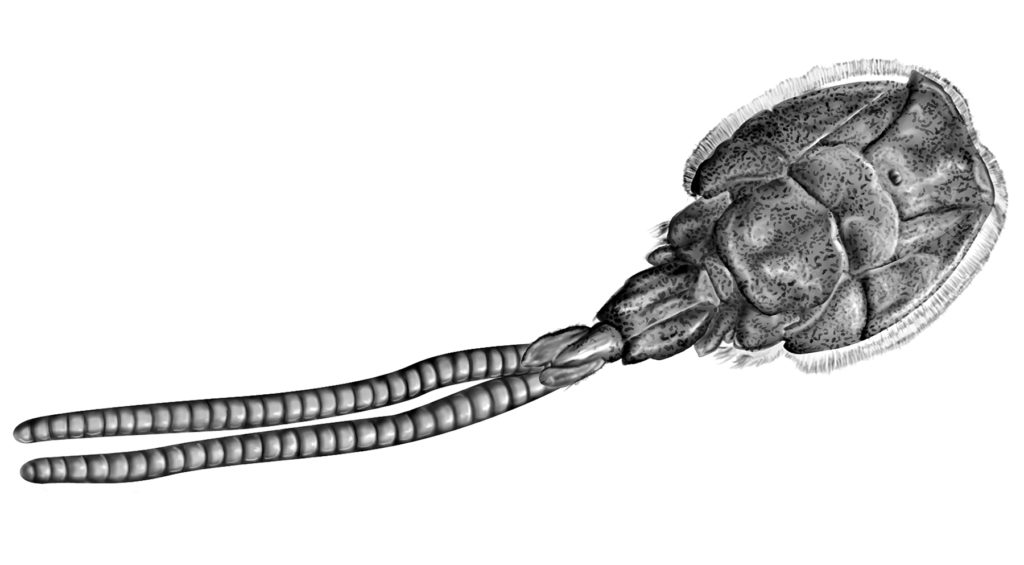
Health & Welfare
Animal health giants have sea lice in their crosshairs
Alltech and Benchmark have been working on the next generation of sea lice solutions and believe they have new products that can help salmon farmers win.
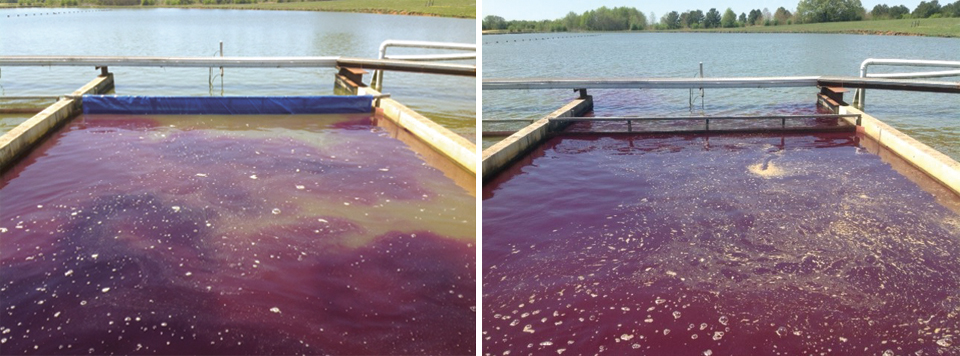
Health & Welfare
Chemical treatment costs reduced with in-pond raceway systems
By dividing ponds into smaller, more controllable areas, IPRS can substantially reduce chemical treatment costs, improve treatment delivery and allow new treatments that are cost-prohibitive in traditional pond settings.
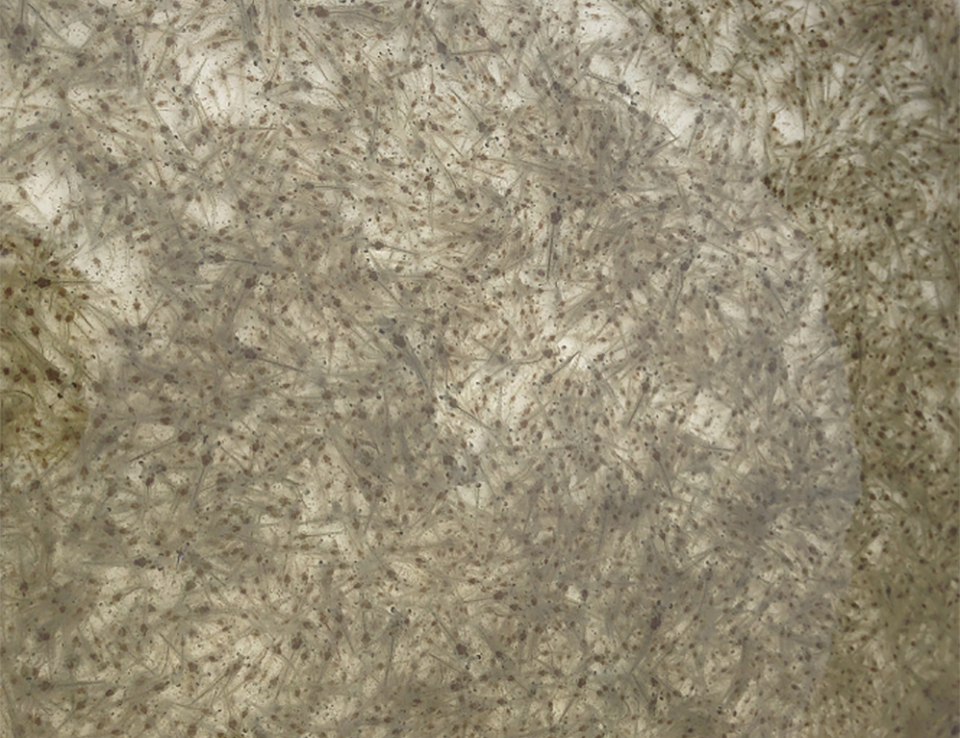
Health & Welfare
Culture water pre-inoculation of probiotics in Pacific white shrimp nurseries
This study showed that a longer inoculation of probiotics will improve shrimp postlarvae growth and survival, and that a new technique developed for more accurately estimating postlarvae weight can significantly reduce the food that must be supplied.


